When you think of 3D-printed homes, you may picture a futuristic concept that’s not ready to be developed yet. However, that’s not the case. Many real estate companies and technology sources are working on testing and producing 3D-printed homes. But why? Well, 3D-printed homes stand out because of their affordability and practicality, which can positively affect housing sustainability. Keep reading to learn more about 3D-printed houses and how they can help fill housing needs in the future.
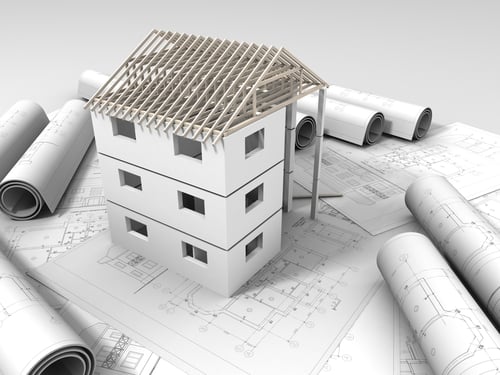
Contents of This Article:
- What are 3D-Printed Houses?
- How Do You Build a 3D-Printed Home?
- Benefits and Drawbacks of 3D-Printed Homes
- Are 3D Homes the Future of Housing Sustainability?
- How Can 3D-Printed Homes Fill Housing Needs?
- Manage Your Rentals With Bay Property Management
What are 3D-Printed Houses?
3D-printed houses are homes that are built with specialized printing techniques or 3D-printed materials. For a while, 3D technology produced several things in diverse industries, ranging from dental implants to jet engine parts. However, the industry has continuously expanded, now helping to construct homes.
In less than 24 hours, you can print the walls and foundation for a small home at a fraction of the cost of a typical home build. That’s why this technology is becoming more and more popular for home construction. Read on to learn how to build 3D homes and how they can encourage housing sustainability.
How Do You Build a 3D-Printed Home?
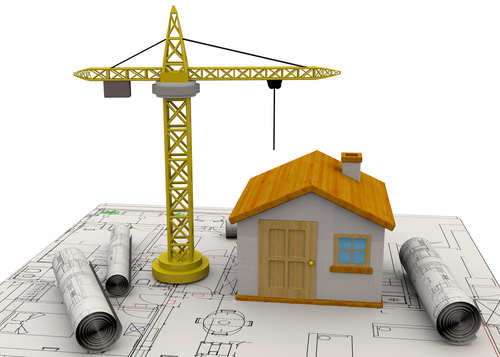
To build a 3D home, you’ll have to start by creating a blueprint for the build. You can design it through a modeling software program and customize the print to meet your needs. Then, once the design is approved, it gets sent to a 3D printer. Once the printer has processed the file, you can prepare your build platform and gather construction materials.
Before the printing process starts, it’s crucial to have rails around the building site to guide the printer’s robotic arm on where to lay the paste-like building mixture. Once you have everything set up, you can start printing–or in this case–building.
The 3D printer uses additive manufacturing to print the building materials layer by layer. In a material extrusion process, the printing material is heated and squeezed through a nozzle to complete one layer of the build. Then, a concrete dryer allows the layer to solidify, and the process repeats.
The printing process only creates the home’s foundation and walls. So, once that’s complete, you’ll have to use additional construction and human labor to finish the build. For instance, a team of people will come in to complete the windows, doors, plumbing, and electrical work.
Benefits and Drawbacks of 3D-Printed Homes
Although the technology is relatively new and not widely used yet, there are several benefits of 3D-printed homes. However, like any building solution, there are also a few cons. Here’s what you need to know about the benefits and drawbacks of 3D-printed homes.
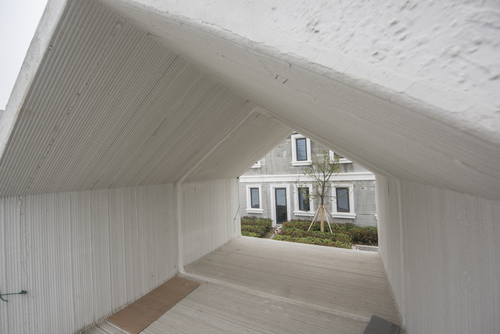
Pros of 3D Homes
- Low Cost- Surprisingly, 3D homes are relatively affordable to create. On average, they cost around $10,000, but leading printing companies hope to lower the cost to around $4,000. Once you add all the other construction, like electrical work and plumbing, the final prices are around $150,000.
- Time-Saving- You can design and build a 3D-printed home within a few days. However, most builds are done in sections rather than all at once.
- Unique Home Designs- With 3D printing technology, you can completely design your home to fit your wants and needs.
- Sustainable- Constructing 3D printed homes runs a shorter supply chain and less construction and over-engineering waste. The shorter process and less waste make 3D-printed homes more sustainable and eco-friendly.
Cons of 3D Homes
- Fewer Jobs- Many industries are becoming increasingly automated, leaving people without job opportunities. With 3D-printed homes on the rise, it can be a threat to construction workers and their jobs.
- Difficulty Finding Materials- Finding high-quality construction materials for 3D builds can be complex. Most printers need specific materials, which are not the same as traditional construction materials, making them harder to find.
- Safety Measures- Safely moving a 3D printer from one place to another is difficult. Additionally, safely operating the machine on-site can also be challenging.
Are 3D Homes the Future of Housing Sustainability?
3D-printed homes are widely talked about while discussing the future of housing sustainability. After all, there are several aspects of 3D-printed homes that have positive impacts on the environment and the future of housing. Here are some of the main factors that may positively impact housing shortages and future sustainability.
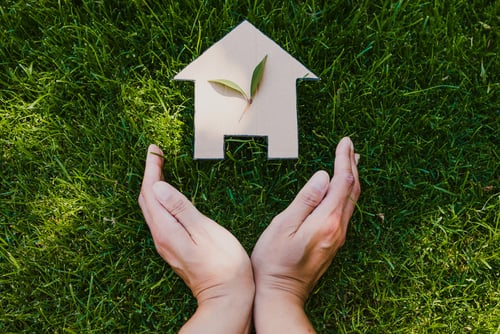
- Lower Emissions
- Sustainable Materials
- Waste Reduction
Lower Emissions
Traditionally-built homes require a ton of material construction and transportation. Consider all of the separate contractors, suppliers, and other parties that are involved in a home build. However, 3D-print technology requires limited equipment and less transportation, which can significantly reduce carbon output during the build. This is especially prevalent with smaller homes and remote locations that are harder to transport materials to.
Sustainable Materials
Most 3D-printed home construction involves concrete. However, due to the large percentage of carbon emissions and contributions to global warming, experts are coming up with more sustainable materials to use for these builds. Many options include natural materials, like hemp or clay, or recyclable materials, glass or plastic. While these materials aren’t widely available yet, there’s a lot of promise for the future of 3D-printed homes.
Waste Reduction
One of the most significant steps toward housing sustainability is the low-waste process of 3D printing. In fact, you can design and print homes with nearly zero waste. With advanced technology, 3D printing allows you to print homes to exact specifications. On the other hand, with a traditional build, you often have tons of wood and metal waste piling up on a construction site.
How Can 3D-Printed Homes Fill Housing Needs?
Aside from the environmental and housing sustainability factors, 3D-printed homes are also great for addressing housing needs and shortages. Since 3D homes are built so quickly, more homes can be constructed in less time than traditional builds would take–with less waste.
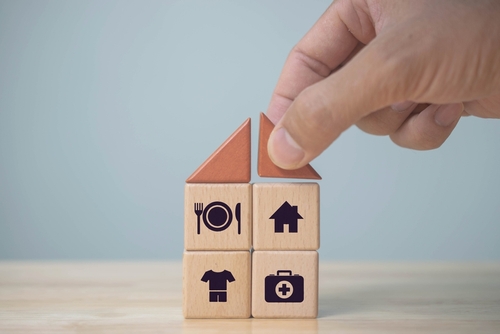
Additionally, 3D-printed homes can help address the US homelessness issue. Since builds are relatively cheap, nonprofit organizations and other companies are willing to team up and address homelessness in low-income neighborhoods. In fact, Housing and Urban Development Secretary Ben Carson has toured a Texas printing facility to determine whether it’s a viable option to address housing affordability in low-income communities.
Overall, if 3D printing takes off and becomes an industry standard, we’ll see less construction waste, more affordable homes, and more accessible homes for lower-income families. If you want to learn more about 3D-printed homes or need to find an affordable rental home, contact your local property management company in Baltimore.
Manage Your Rental Homes With Bay Property Management
Do you own rental homes or want to start building a rental property business? One of the most crucial steps is finding professional property management. Whether you own one rental or 100, you’ll want to ensure your tenants are well taken care of, your property is maintained, and your business is properly managed.
Need More Advice? contact us today!
Bay Property Management Group can help! We offer comprehensive rental management services to busy landlords who don’t have time to manage each of their properties. Whether you need help with tenant screening, move-in and move-out reports, maintenance, or rent collection, we do it all. Contact BMG today if you need rental management services in Baltimore, Philadelphia, Northern Virginia, or Washington, DC.
